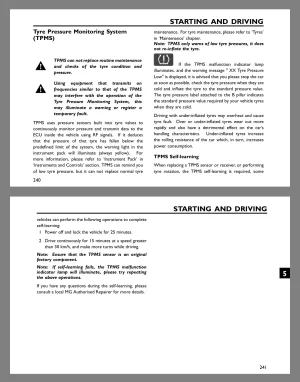MartinSEsr
Established Member
- Joined
- Apr 10, 2023
- Messages
- 249
- Reaction score
- 361
- Points
- 119
- Location
- wolverhampton uk
- Driving
- MG4
Oh, read what I said. I want to know what to tell the garage so they can find out which wheel is which once they're off.
This is not my problem to fix. It's down to the garage to rectify their mistake. And I do not believe for one moment that MG has not provided the wheels with some indication of which one goes on which corner. Even if the garage is entirely aware that they need to go back on the axles they came off, anyone can lose track of which is which while they're in the middle of the job.
Dammit, I could tell them which was which when I took the car in, and they could still get them mixed up by accident. There has to be a way to tell.
I simply want to be able to spoon-feed the garage with the information if necessary.
There is no way. The sensors in each wheel emit a digital code, recognised by the car computer from when originally programmed as being eg the LH front wheel sensor. When replacing the TPMS valves, they hold the new valve close to the old valve with a programmer unit, to copy the code. The code can be read, but is about 10 digits and meaningless as you can't determine which code is for which corner.
Unfortunately with people as thick as at that garage, you'll have to do it. As someone said, add 5 psi to one and drop 5psi in another. Look on the driver display to see which corner has gone high and which low and put "NSF" or OSR whatever into the brake dust on the wheel to indicate where it should go. Correct the pressures then do the other two.
A total pain for you. But the garage staff clearly can barely walk and talk at the same time.
What will be worse is if you have bought all-season tyres and they need to swap L for R and so need to take the tyre off to get it running in the right direction.
I would be asking for a partial refund due to the totall hassle you've got.
